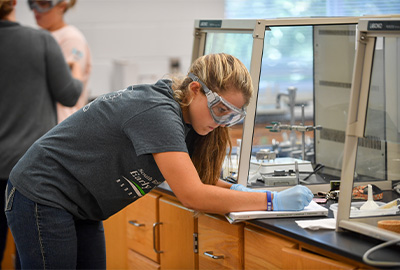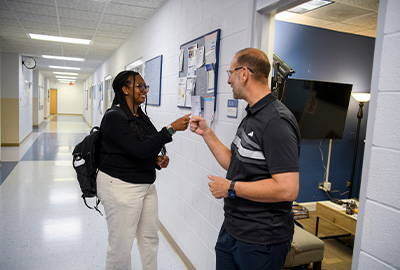Let’s be honest — chemistry can seem like a foreign language. Between atoms, moles, stoichiometry and unit conversions, it is easy to feel overwhelmed. Here’s the good news: With the right approach, you can absolutely get the hang of it. This guide breaks down advice from Tabitha Callaway, a chemistry teacher at Berry College, who has helped hundreds of students go from confused to confident. Here are her seven study secrets for success in college chemistry courses.
1. Learn the language.
Before you can solve problems, you need to understand the vocabulary. Chemistry has its own set of terms, and if you don’t know what they mean, the rest will likely look like gibberish. Think of it like decoding a sentence. Once you know the definitions, the sentences will start to make more sense. Start by reviewing your notes and making sure you understand the definitions. If something doesn’t click, ask questions early. Don’t skip learning chemistry terms.
2. Practice, practice, practice.
Knowing definitions is only half the battle. Chemistry is about applying what you know. Application means doing practice problems and examples, not just looking at them. Reprint worksheets, rework book problems or ask your professor for extra questions. Start with a blank page and try solving problems from scratch. It is okay to struggle a bit. You are stretching your brain and building new pathways. Struggling is part of learning!
3. Use the “givens and goal” trick.
When you are working on word problems, try this strategy. In a separate column, write down what you are given (the numbers or relationships in the problem) and what your goal is (what the question is asking you to find). Try to identify the specific word that tells you what you need to find. Knowing the goal helps you stay focused and avoid getting lost in the text. If the question says, “How many moles…?” then your goal is to find moles. It may sound simple, but finding the “givens and goals” is a powerful tool for staying on track.





